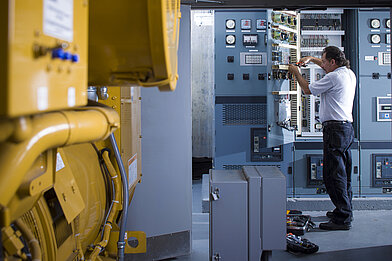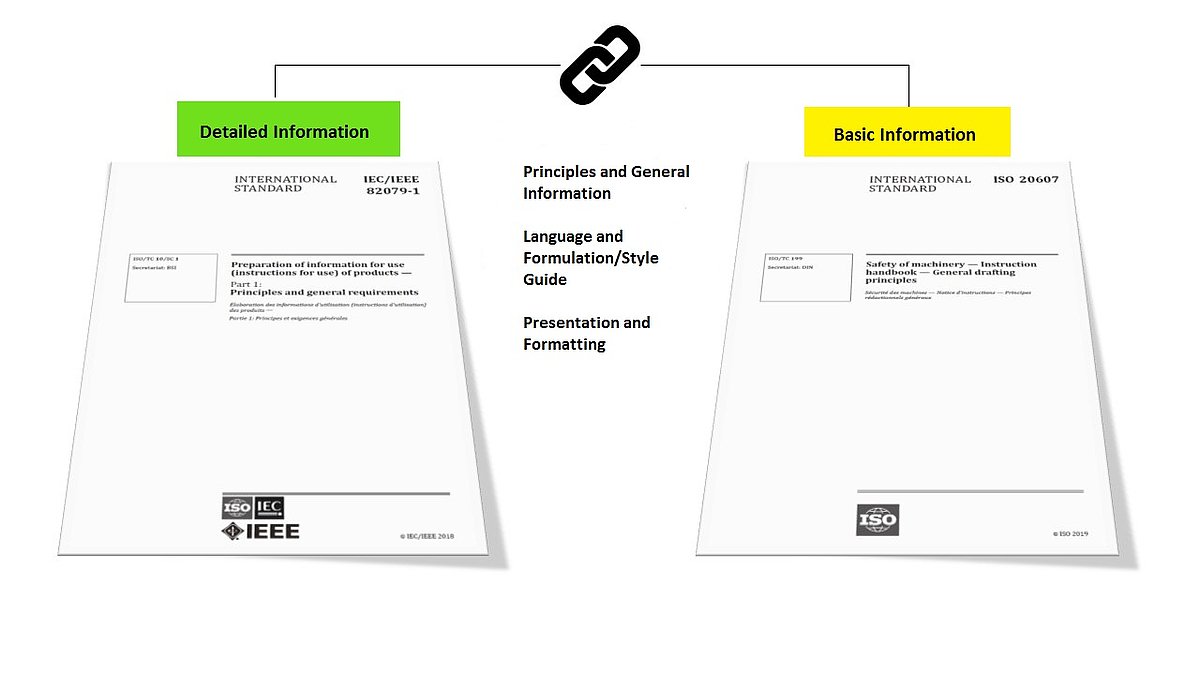15/08/19

The New ISO 20607 Is Now Available
Ing. Martin Rieder
Even during its creation, since 2016, the standard project ISO 20607 caused something of a stir. On June 6, 2019, the standard was published by ISO. The result: A “cookbook” for mechanical engineering documentation, which overlaps in parts with IEC/IEEE 82079-1, Edition 2, but also supplements it. This post examines the advantages and disadvantages of the standard and takes a compact, critical look at the work.
The Long Path to the Standard
ISO 20607 was created under ISO (International Organization for Standardization) in Working Group 5 of the Technical Committee 199. From the beginning, it was exclusively an ISO standard, without contribution or connection to ISO / IEC Joint Working Group 16, which is responsible for the reworking of IEC/IEEE 82079-1. Thus, there were concerns about duplication. After publication of the draft standard, around 500 comments from 13 countries were submitted. The edition of the final standard was planned for November 2019. However, the standard was published in the first half of June, a few weeks after publication of 82079-1, Edition 2.
ISO 20607:2019 is titled Safety of machinery - Instruction handbook - General drafting principles and is available in the ISO webstore in English and French. In its English version, the standard is 32 pages long (compare: IEC/IEEE 82079-1 at 130 pages long, English and French version combined) and can be purchased as a PDF or ePub for 118.00 CHF.
In the ISO webstore, parts of the standard can be viewed free of charge. Beside the table of contents, foreword and introduction to the standard, sections 1 to 3 (Scope of Application, Normative References, Definitions) are available.
Position, Target Audience and Normative Range of ISO 20607
The position of the standard becomes clear when reading the sections in the free preview: It is a standard in the area of machine safety and is identified as a Type B standard as per ISO 12100. The target audience for the standard mentioned in the scope names authorities, users, consumers, standards institutes and machinery manufacturers. The standard provides information on structuring the instruction handbook, doing so – according to the statement in the scope – in more detail than IEC/IEEE 82079-1.
Generally, the standard digs somewhat deeper by giving clear guidelines – as a recommendation – on the structure and content of the instruction handbook. Which brings us to the “cookbook”.
On another positive note, the standard does away with a rather outdated discussion (instruction handbook exclusively in paper form) and follows up on 82079-1 by opening towards instruction handbooks in electronic form depending on local legal regulations.
After the successful harmonization of the Machinery Directive, this is a valuable clarification of the requirements with regard to technical documentation. The standard is currently in the harmonization process and will be published as an EN in the next few months (probably in the fall of 2019). Preparations for harmonization with the EC Directive for Machinery 2006/42/EC are already underway, which play an interesting role in the application of the standard.

Summary
Technical editing departments in mechanical engineering companies would be well advised to start working in parallel with both standards (20607 and 82079-1, Edition 2). 20607 is well suited for a quick creation of a instruction handbook, but falls short in the basic conception of the documentation of a mechanical engineering company. The standard does not focus on comprehensive approaches, principles, criteria, basics and processes in the way 82079-1 does. IEC/IEEE 82079-1 also requires knowledge of information development and makes concept work necessary.
IEC/IEEE 82079-1 thus forms the basic standard and should always be applied in the creation of information products, also for instruction handbooks for machines. The insight into both standards, however, will prove valuable in any case for technical editing departments in mechanical engineering companies.
